12 Under-The-Radar Places In Japan I Always Recommend
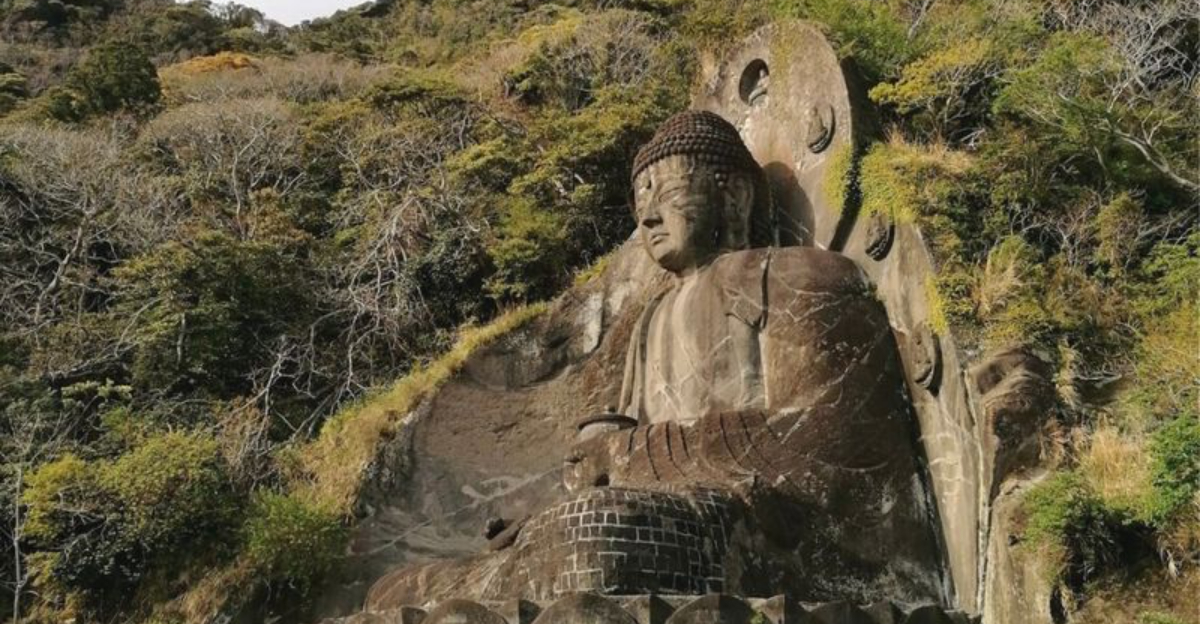
After spending a fair amount of time in Japan, I’ve learned that the most memorable places aren’t the ones packed with tour buses or featured on glossy brochures. They’re the quiet fishing ports, tucked-away trails, and small towns where everyday life moves at its own pace.
These spots don’t chase attention—they just are. And that’s what makes them unforgettable. If you’re looking to see Japan beyond the usual highlights, these are the places worth your time.
1. Nokonoshima Island (Fukuoka)
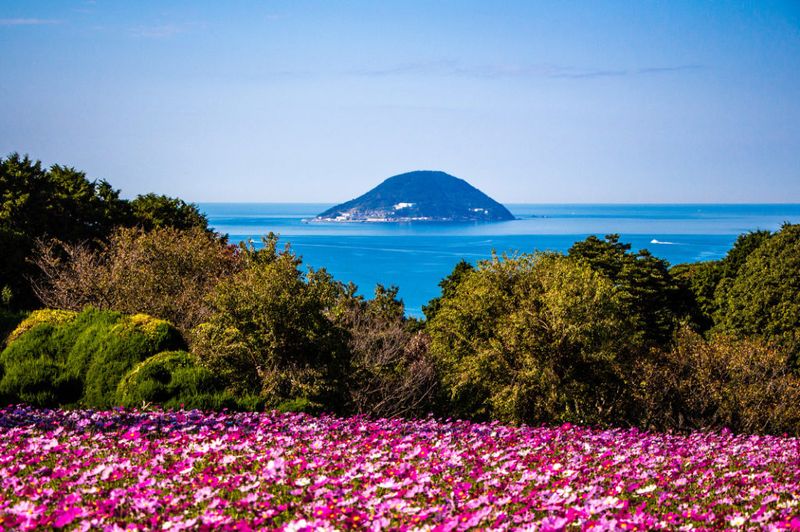
Just a 10-minute ferry ride whisks you away to a floral paradise that changes with the seasons. Nokonoshima Island offers sweeping views across Hakata Bay while you wander through cosmos, sunflower, and rapeseed fields.
Locals often pack picnics and spend half-days here, escaping city life without traveling far. The island’s small restaurant serves fresh seafood caught that morning—try the sea urchin if you’re feeling adventurous!
2. Okunoshima (Rabbit Island, Hiroshima Prefecture)
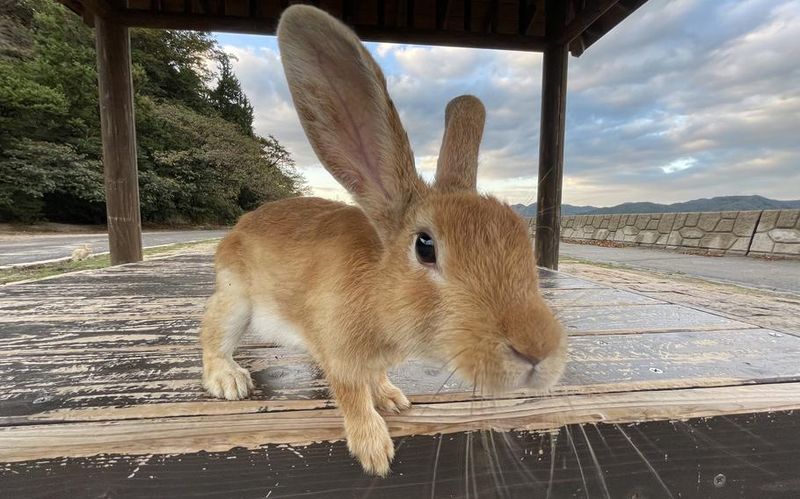
Hundreds of fluffy creatures hop freely on this small island, approaching visitors without hesitation. Okunoshima harbors a surprising contrast—adorable rabbits against the backdrop of abandoned World War II poison gas factories.
Bring plenty of rabbit food (vegetables only, please!) and take the ferry from Tadanoumi. Most visitors spend about 3-4 hours exploring, but photographers could easily spend a full day capturing these friendly furballs against haunting historical ruins.
3. Magome And Tsumago (Nakasendo Trail)
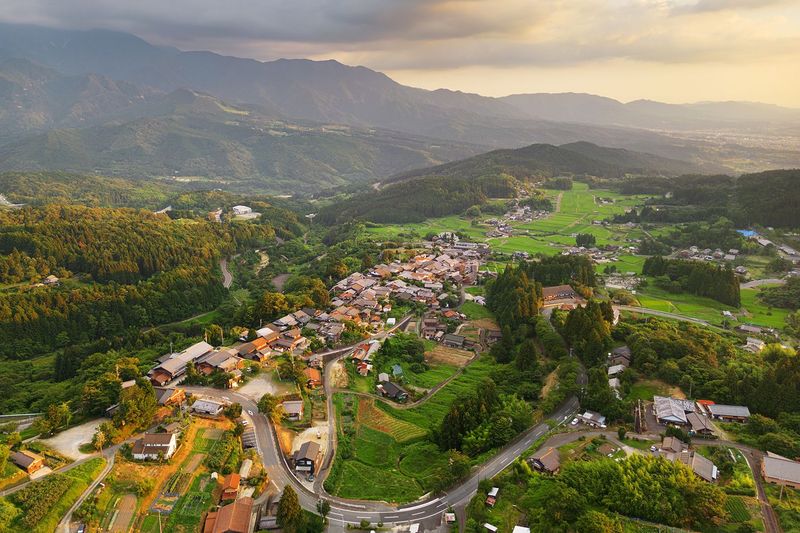
Stone pathways wind between wooden buildings that have stood for centuries, creating a living museum of feudal Japan. Magome and Tsumago connected Kyoto and Tokyo during the Edo period, when samurai and merchants traveled this route on foot.
The 8-kilometer hiking trail between towns takes about 3 hours at a leisurely pace. Stay overnight in a traditional minshuku guesthouse for the full experience—hosts serve regional cuisine you won’t find elsewhere.
4. Kanazawa’s Higashi Chaya District
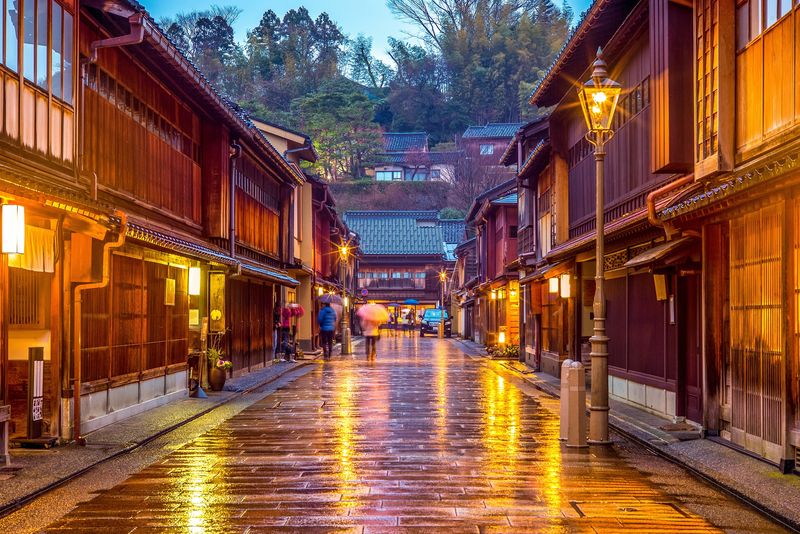
Wooden teahouses line narrow stone streets where geisha still perform traditional arts for exclusive guests. The Higashi Chaya District preserves cultural heritage without Kyoto’s overwhelming crowds.
Visit early morning to photograph empty streets or early evening when lanterns glow. Don’t miss Hakuza, a shop where artisans apply gold leaf to everything from cosmetics to ice cream—Kanazawa produces 99% of Japan’s gold leaf, making this the place for authentic souvenirs.
5. Shodoshima Island (Kagawa Prefecture)

Mediterranean vibes permeate this unexpected corner of Japan, where olive groves thrive against coastal backdrops. Shodoshima pioneered olive cultivation in Japan a century ago, earning its nickname “Olive Island.”
Rent a car to properly explore—public transportation is limited. The island’s outdoor art installations from the Setouchi Triennale art festival remain year-round. For a perfect afternoon, sample olive-oil ice cream before heading to Kankakei Gorge for sunset views across the Inland Sea.
6. Hida-Furukawa (Gifu Prefecture)
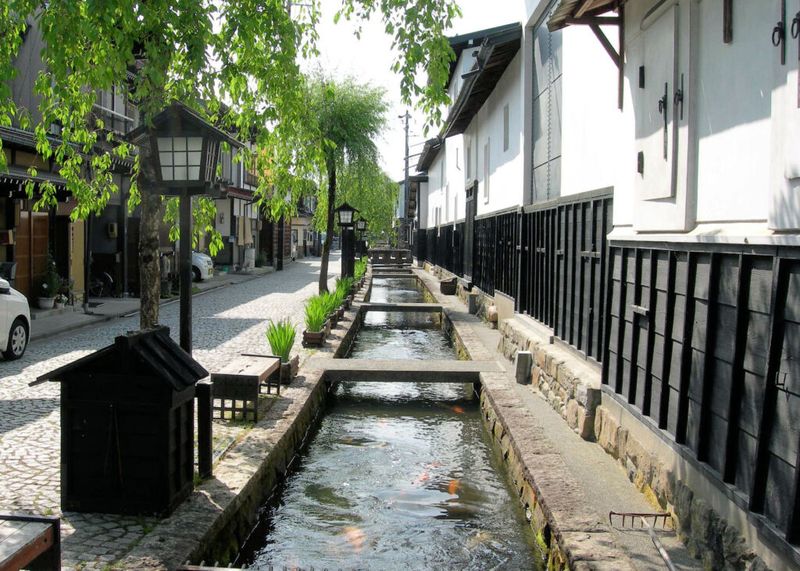
Clear water channels run alongside pristine streets where koi swim lazily past preserved merchant houses. Hida-Furukawa sits just 15 minutes by train from famous Takayama but receives a fraction of the visitors.
Locals hang red sake barrels outside breweries that have operated for generations. The town truly comes alive during April’s Furukawa Festival, when teams of young men carry enormous lantern floats through narrow streets while others perform with hand drums.
7. Cape Ashizuri (Kochi Prefecture)
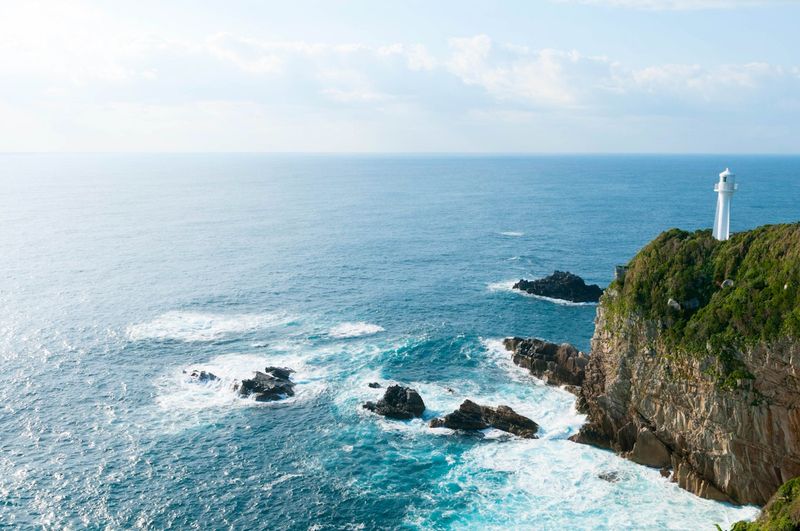
Wild Pacific waves crash against dramatic cliffs where Japan’s southernmost lighthouse stands sentinel over azure waters. Cape Ashizuri rewards intrepid travelers with Shikoku’s most spectacular coastal scenery.
Bring sturdy shoes for the cliff-edge hiking trails. Most visitors stay in nearby Shimanto or Tosashimizu, though the cape’s small inn offers unforgettable sunrise views. Summer brings opportunities for snorkeling in protected coves where tropical fish thrive in surprisingly warm currents.
8. Ouchi-Juku (Fukushima Prefecture)

Perfectly preserved thatched-roof houses line a single street that looks straight out of a historical drama. Ouchi-juku served as a crucial rest stop for travelers during the Edo period, and today it maintains that time-capsule quality.
Winter transforms the village with heavy snowfall that can reach rooftop height. Try negi-soba—buckwheat noodles eaten with a whole green onion instead of chopsticks! Arrive before 10am or after 3pm to avoid the limited tour buses that discover this hidden treasure.
9. Kurashiki Bikan Historical Quarter (Okayama Prefecture)
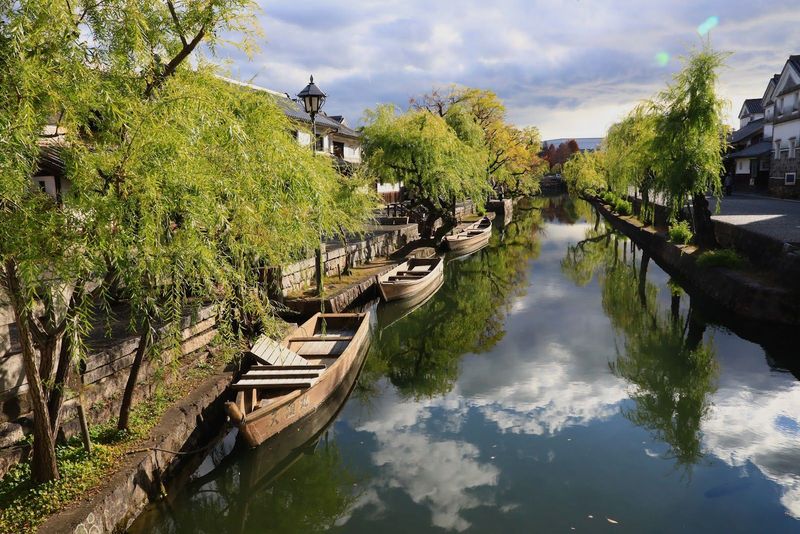
Weeping willows drape gracefully over a central canal flanked by immaculately preserved merchant warehouses from the Edo period. Kurashiki’s historic district transforms former rice storehouses into museums, boutiques, and cafés without losing authenticity.
Early morning light creates perfect reflections on the canal’s still water. Don’t rush—this district rewards slow exploration and spontaneous discoveries. Duck into the Ohara Museum to see Japan’s first Western art collection, then sample freshly made kibi-dango, sweet dumplings that are the area’s specialty.
10. Mt. Nokogiri (Chiba Prefecture)
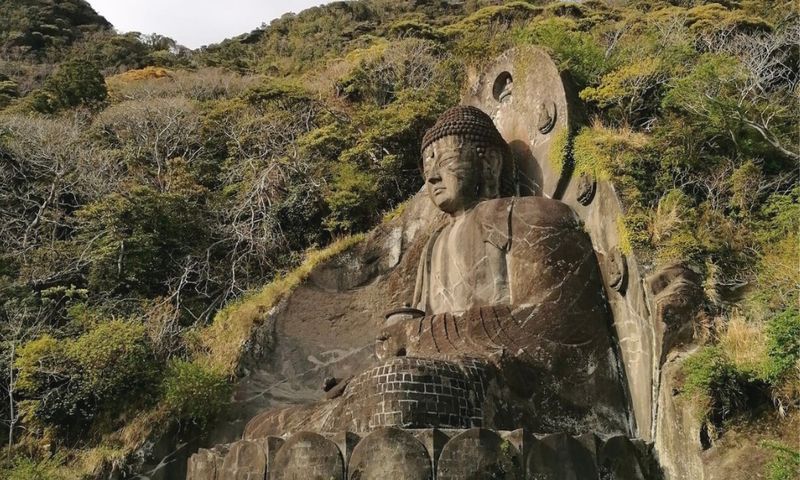
Carved into rugged cliffs are 1,500 stone Buddha statues watching silently over Tokyo Bay. Mt. Nokogiri takes its name (“Saw Mountain”) from its jagged profile, resembling the tool that once harvested its stone.
The “Hell Peek Point” viewing platform juts dramatically over a sheer drop, offering heart-stopping photo opportunities. Take the ropeway up but hike down to fully appreciate the mountain’s hidden Buddhist carvings. From Tokyo, it’s just a 90-minute train ride plus a short ferry—perfect for day-trippers seeking natural thrills.
11. Ine Fishing Village (Kyoto Prefecture)
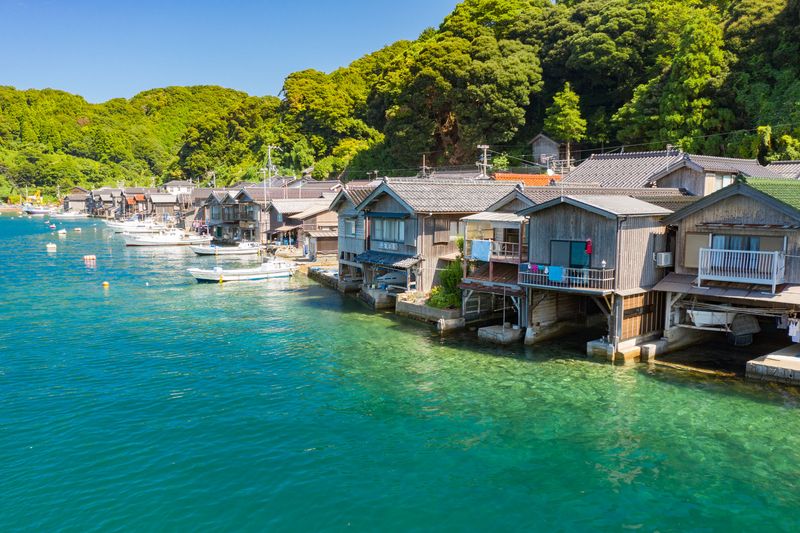
Wooden houses stand directly over water on stilts, their first floors serving as boat garages while families live above. Ine’s unique “funaya” boathouses have remained largely unchanged for centuries, creating a scene unlike anywhere else in Japan.
Local fishermen sometimes offer boat tours through the bay. Respect residents’ privacy—this is a living community, not a theme park. Stay overnight in a converted funaya guesthouse to experience the rhythms of fishing life and feast on the day’s catch prepared by your host family.
12. Shimabara Peninsula (Nagasaki Prefecture)
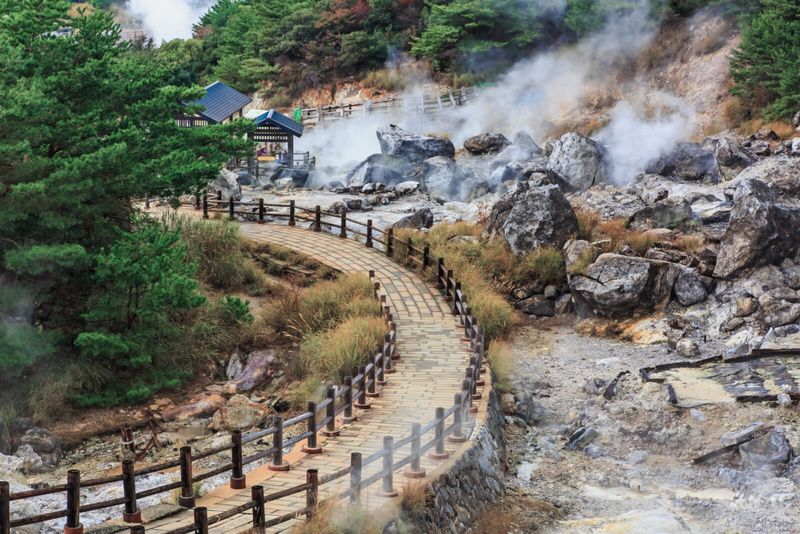
Steam rises from natural hot springs while looming Mount Unzen reminds visitors of nature’s awesome power. Shimabara Peninsula combines volcanic drama with samurai heritage in a compact area rarely visited by foreign tourists.
The castle town district preserves Christian hidden history from Japan’s isolation period. Locals recommend the “foot bath street” where you can soak tired feet in mineral-rich waters while chatting with residents. Spring brings spectacular cherry blossoms against volcanic backdrops—a photographer’s dream without Tokyo’s blossom-viewing crowds.
